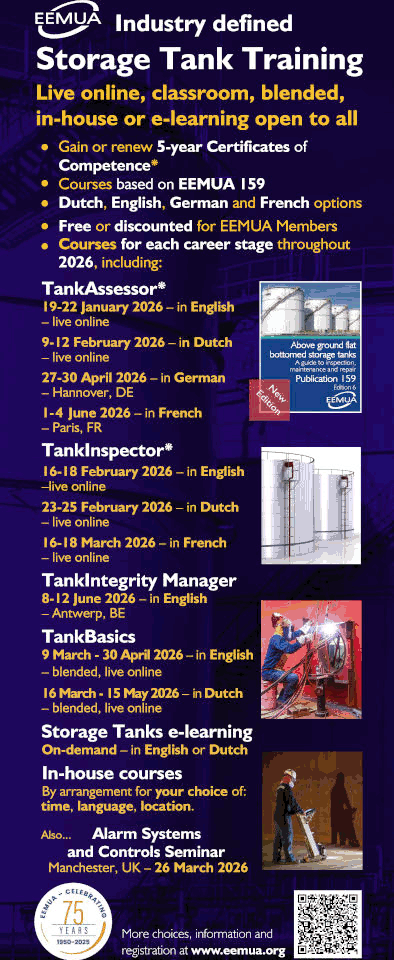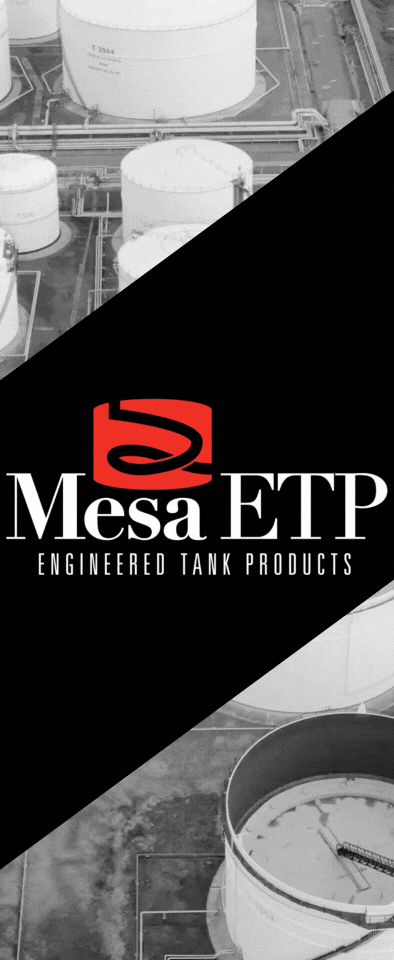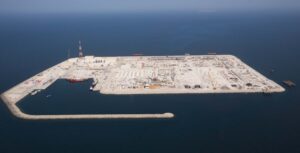Sempra Infrastructure, a subsidiary of Sempra, and JERA has announced a 20-year sale and purchase agreement for the supply of 1.5 million tonnes per annum (Mtpa) of liquefied natural gas (LNG) offtake from the Port Arthur LNG Phase 2 development project in Jefferson County, Texas. The LNG will be supplied on a free-on-board basis.
This agreement marks a major step forward from the non-binding heads of agreement signed in June 2025 and underscores Sempra Infrastructure and JERA’s shared commitment to supporting energy security and a lower carbon future through stable, long-term LNG supply.
‘This agreement establishes a long-term relationship with JERA and confirms Sempra Infrastructure’s commitment to customers in Japan and the greater Asian market and their continued access to affordable and secure US natural gas,’ says Justin Bird, chief executive officer of Sempra Infrastructure. ‘We remain focused on advancing our Port Arthur LNG Phase 2 development project to a final investment decision and strengthening the role of the United States as an energy provider of choice for LNG buyers worldwide.’
Ryosuke Tsugaru, chief low carbon fuel officer for JERA adds: ‘This agreement marks a significant strategic relationship with Sempra Infrastructure and underscores our commitment to securing a reliable, long-term LNG supply from trusted sources. Aligning with JERA’s growth strategy, the addition of flexible and dependable LNG volumes strengthens our overall LNG portfolio and enhances our ability to respond to the evolving global energy landscape while helping to ensure supply stability for Japan and across Asia.’
The proposed Port Arthur LNG Phase 2 project is competitively positioned and is under active marketing and development. Future phases are also in the early development stage.
The project has received all its key permits and is expected to include two liquefaction trains capable of producing approximately 13 Mtpa of LNG, which could increase the total liquefaction capacity of the Port Arthur LNG facility from approximately 13 Mtpa for Phase 1 to up to approximately 26 Mtpa.
In September 2023 the project received authorisation from the Federal Energy Regulatory Commission. In July 2024, Sempra Infrastructure announced that Bechtel had been selected for a fixed-price engineering, procurement and construction contract for the project. More recently, the project received authorisation in May 2025 from the US Department of Energy to export US LNG to countries that do not have a free-trade agreement with the US.
The Port Arthur LNG Phase 1 project, which is currently under construction, is expected to achieve commercial operation in 2027 and 2028 for trains 1 and 2, respectively.
The development of the Port Arthur LNG Phase 2 project remains subject to a number of risks and uncertainties, including completing the required commercial agreements, securing and/or maintaining all necessary permits, obtaining financing and reaching a final investment decision, among other factors.










